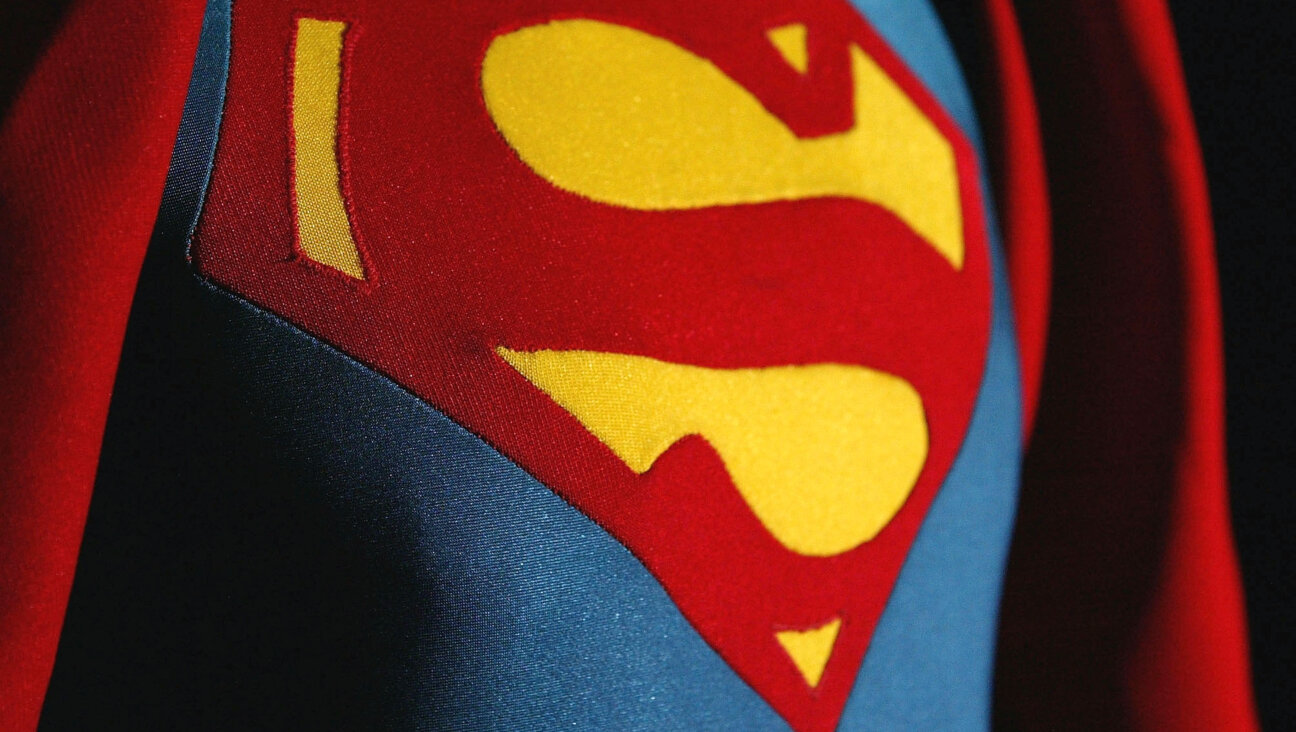Explore
Most Popular
- 1

Fast Forward Tucker Carlson calls for stripping citizenship from Americans who served in the Israeli army
- 2

Film & TV The new ‘Superman’ is being called anti-Israel, but does that make it pro-Palestine?
- 3

News Meet the Jews who helped elect Zohran Mamdani
- 4

Opinion This German word explains Trump’s authoritarian impulses — and Hitler’s rise to power
In Case You Missed It
-

Fast Forward Antisemitic memes fail to disqualify Elon Musk’s ‘MechaHitler’ bot from Department of Defense contract
-

Fast Forward ‘The wrong message’: Jewish groups slam Brad Lander for divesting from Israel
-

News Exclusive: J Street spurns ADL in teachers union fight, saying its approach ‘demeans the meaning of antisemitism’
-

Fast Forward Antisemitism envoy post remains unfilled six months into Trump’s term
-
Shop the Forward Store
100% of profits support our journalism








